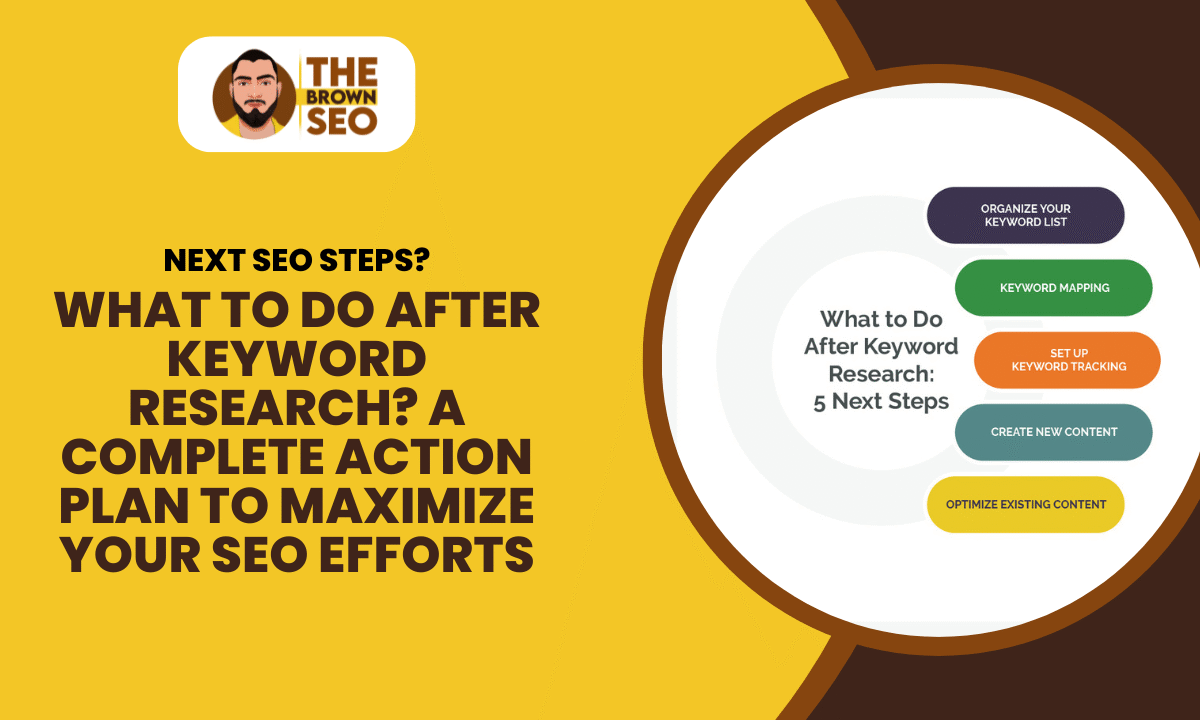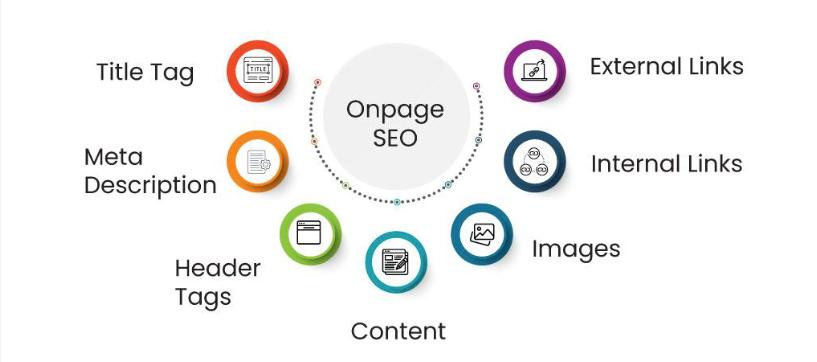
You’ve just completed keyword research. You’ve got a list of high-volume, low-competition terms ready to go. Now comes the big question: what to do after keyword research?
Many marketers stop at keyword research, but the real SEO success happens in what you do next. Turning your keywords into structured content, optimizing for intent, and tracking performance are the next essential steps. Whether you’re new to SEO or refining an advanced strategy, this guide will break down what to do after keyword research—step by step.
-
Categorize and Prioritize Your Keywords
Not all keywords are equal. Your first step after keyword research should be to organize keywords by search intent and group them by topic clusters.
How to Do It:
- Group by intent:
- Informational: “how to fix slow WordPress site”
- Transactional: “best WordPress speed plugin”
- Navigational: “WP Rocket homepage”
- Group by topic:
Cluster similar keywords under one umbrella to target them with a single content piece or page. - Prioritize:
Choose based on a mix of:- Search volume
- Keyword difficulty
- Business value
- Click-through potential
Use tools like Ahrefs, Semrush, or even a spreadsheet to organize keywords by priority.
-
Map Keywords to Existing or New Pages
Now that you’ve grouped your keywords, it’s time to match them with actual pages or future content.
How to Do It:
- Existing Pages:
Audit your website and see if any keywords can be naturally integrated into current blog posts or landing pages. - New Content Ideas:
If you found keyword clusters with no matching content, plan new blog posts, service pages, or FAQs.
Avoid keyword cannibalization. Make sure only one page targets a specific keyword cluster.
-
Understand Search Intent Before Writing
This is where many go wrong. Don’t just stuff a keyword into an article. Ask yourself: What is the user trying to achieve with this search query?
Types of Search Intent:
- Informational: They want to learn. Provide value through how-tos, guides, and definitions.
- Commercial/Transactional: They’re close to buying. Offer comparisons, product reviews, or service descriptions.
- Navigational: They’re trying to reach a specific website or tool.
Adjust content format accordingly—blog post, product page, video, or interactive tool.
-
Create High-Quality Content Around Your Keywords
This is the most important part of what to do after keyword research: content creation. Your keywords should shape your headlines, meta descriptions, subheadings, and the actual body content.
Best Practices:
- Use the primary keyword in:
- Page title
- H1 and H2 tags
- URL
- Meta description
- First 100 words
- Use secondary keywords and synonyms throughout the content.
- Ensure value, originality, and depth—answer related questions and add visuals or examples.
Tools like SurferSEO or Clearscope help ensure you cover the right semantic terms.
-
On-Page SEO Optimization
After your content is ready, make sure it’s optimized technically.
On-Page Elements to Cover:
- Internal linking using relevant anchor texts
- Image optimization (alt tags and compression)
- Meta tags and schema markup
- Mobile responsiveness
- Page speed optimization
Use a checklist or SEO plugin (like Rank Math or Yoast) to ensure nothing is missed.

-
Promote Your Content
Even the best keyword-optimized content needs eyeballs.
Channels to Use:
- Email marketing: Send the content to your subscriber list.
- Social media: Use platforms like LinkedIn, Twitter, and Facebook.
- Reddit and Quora: Answer questions using your content as the source.
- Backlink Outreach: Reach out to websites that may want to link to your new piece.
-
Track Keyword Rankings and Page Performance
What to do after keyword research also includes measurement and iteration. You need to know if your SEO actions are working.
Tools to Use:
- Google Search Console: For impressions, CTR, and average positions
- Google Analytics 4 (GA4): For traffic sources and user behavior
- Ahrefs or Semrush: For tracking keyword position changes
Set up monthly tracking reports to monitor improvement and opportunities.
![]()
-
Update and Refresh Content Over Time
SEO is not a one-and-done game. Revisit content every 3–6 months to:
- Update stats and links
- Add new relevant keywords
- Improve internal linking
- Refresh meta titles and descriptions
A refreshed post can regain rankings and boost traffic significantly.
Final Thoughts
Doing keyword research is like digging for gold—you’ve found the nuggets, but now it’s time to turn them into something valuable.
To summarize, here’s what to do after keyword research:
- Group and prioritize keywords
- Map them to pages or create new content plans
- Align content with user intent
- Write rich, keyword-optimized content
- Optimize technically (on-page SEO)
- Promote the content across platforms
- Track keyword rankings and refine
- Refresh regularly for long-term gains
By following this roadmap, your keywords won’t just sit in a spreadsheet—they’ll drive real business results.
